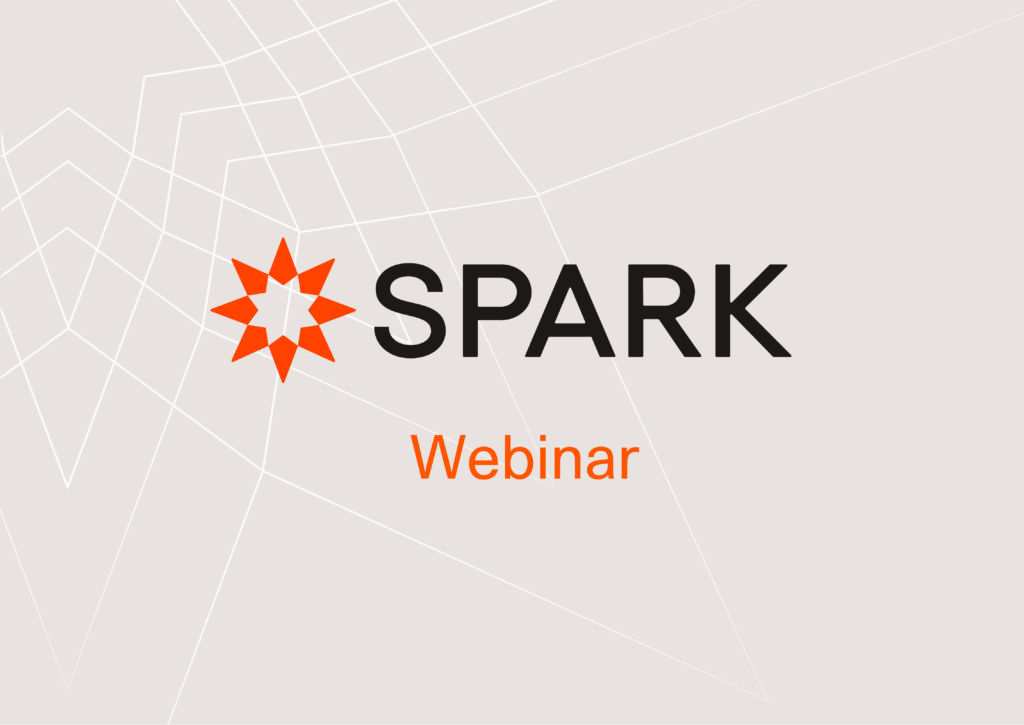A $900 billion relief bill that pumps billions of dollars back into the popular Paycheck Protection Program (PPP) that ended in early August was recently passed by Congress. Thanks to PPP, small businesses can borrow money from private lenders without collateral, personal guarantees, or fees. The loans don’t have to be repaid to the extent they’re used to cover certain expenses, and they provide an important lifeline to businesses that are struggling financially during the coronavirus pandemic.
Our view on recent updates
Everything seen in the press so far was termed “pre-decisional”, meaning nothing has been signed into law and standard procedures will be followed in the roll-out of the new program once signatures are gathered.
We also believe there are some signaling and intentionality on calling this “The PPP 2nd Draw Loan Program”, rather than “The PPP Loan Program”. Despite several articles in the press to the contrary, the PPP 2nd Draw loan program is not going to function as it did in prior rounds (commonly referred to as “straight-through processing”). This second round is being treated like a new loan program that will take longer to define, will be slower to implement, and will come with more checks and balances as compared to prior rounds.
Our SPARK team’s expert view on some of the key topics for this PPP 2nd Draw Loan Program:
- Express loan authority was used in prior rounds – it will not be used this time
Implication: This was how loans flew through the agency so quickly in prior rounds. Minimal requirements, minimal review, lenders gaining loan authorizations, and SBA loan numbers quickly. With PPP 2nd Draw, they will move much closer to the traditional SBA processing guidelines. - No straight through processing / no real-time processing
Implication: With the combination of dual-factor authentication and the elimination of the use of the express processing method, SBA is coming down hard on automated / bot-driven platforms submitting loans to the agency. They are doubling down on their commitment to require authenticated people and users submitting loans to the agency – not machines. SPARK uses this model today which makes us the ideal partner while competitors are still trying to push for automated connections to the agency. - Enhanced view of oversight, compliance and business rules
Implication: The earlier rounds of PPP and EIDL were wrought with fraud. As a result, the SBA is now under tremendous scrutiny. There will be more checks, more process, more analysis in this round than prior rounds. There is no doubt: The agency is telling the small business lending community, “The rules we used to live by at SBA are coming back. Get ready.” - The general process will more mirror a standard SBA 7(a) loan processed under the “General Processing” method
Implication: We’re not quite sure how this is going to work, but it appears the agency is going to implement a processing method similar to “General Processing” for this PPP 2nd Draw Loan Program. Information will be passed to the agency over the API à the loan will move into an “R1 Status” (for those new to SBA, that typically means a loan will need “more information” (sometimes data, sometimes documents) to move forward and gain a loan number) à Once “the additional data / documents” are provided, the loan will move to the agency à the agency will be “reviewing” the loan submissions and performing their own “analysis” à once their review is complete (the career folks on the call were non-committal to a turn-around timeline “Could be 1 day, 1 week, 1 month before a response is provided”), a loan number will be issued. - 300 user accounts per institution
Implication: Large institutions that were using 1,000s of user accounts to submit loans in prior rounds will be restricted to 300 active user accounts. This should throttle some of the larger institutions that gobbled up program authority early in prior rounds. - No system-to-system accounts
Implication: With dual-factor authentication and the limitation of user accounts, the agency is actively cutting down on automated platforms submitting to the agency unattended. The Agency is re-committing to authenticated human beings submitting information to the agency. - “We don’t know”
Implication: When asked for a timeline and more specifics on program rules, this was the answer commonly given. Unfortunately, it’s the answer we all must give at this point.
Timeline
Despite “We don’t know”, the general process and below is the one we are moving forward on.


